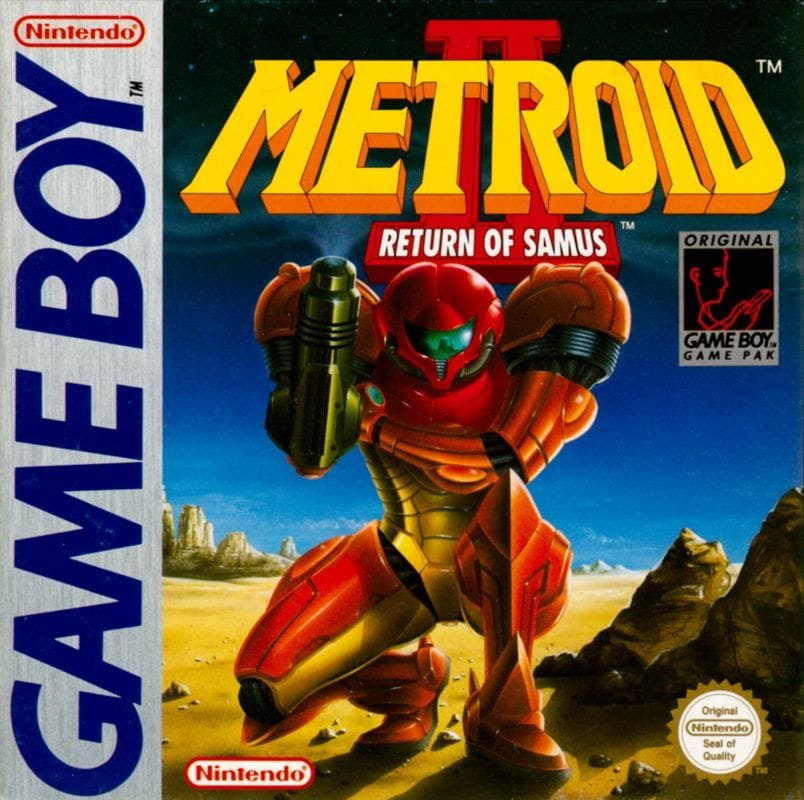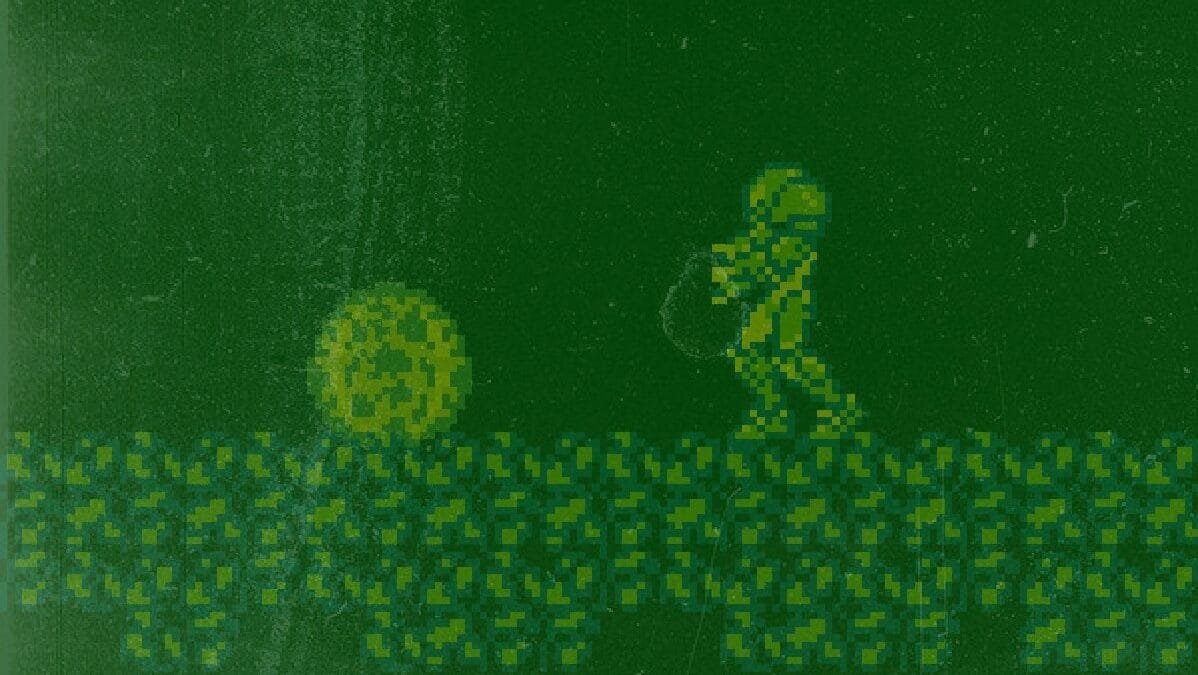With the original Metroid drawing significant inspiration from Ridley Scott’s Alien, the franchise has always dabbled in horror while never fully embracing the genre. Well, almost never. Yes, within the eight mainline games—counting the Prime trilogy that will soon to be a quadrilogy with the release of Metroid Prime 4—there’s a plethora of scenes and sequences that would be worthy subjects of this humble blog series, but it’s only the oft-overlooked Metroid II: Return of Samus that truly aspires to be a horror game.
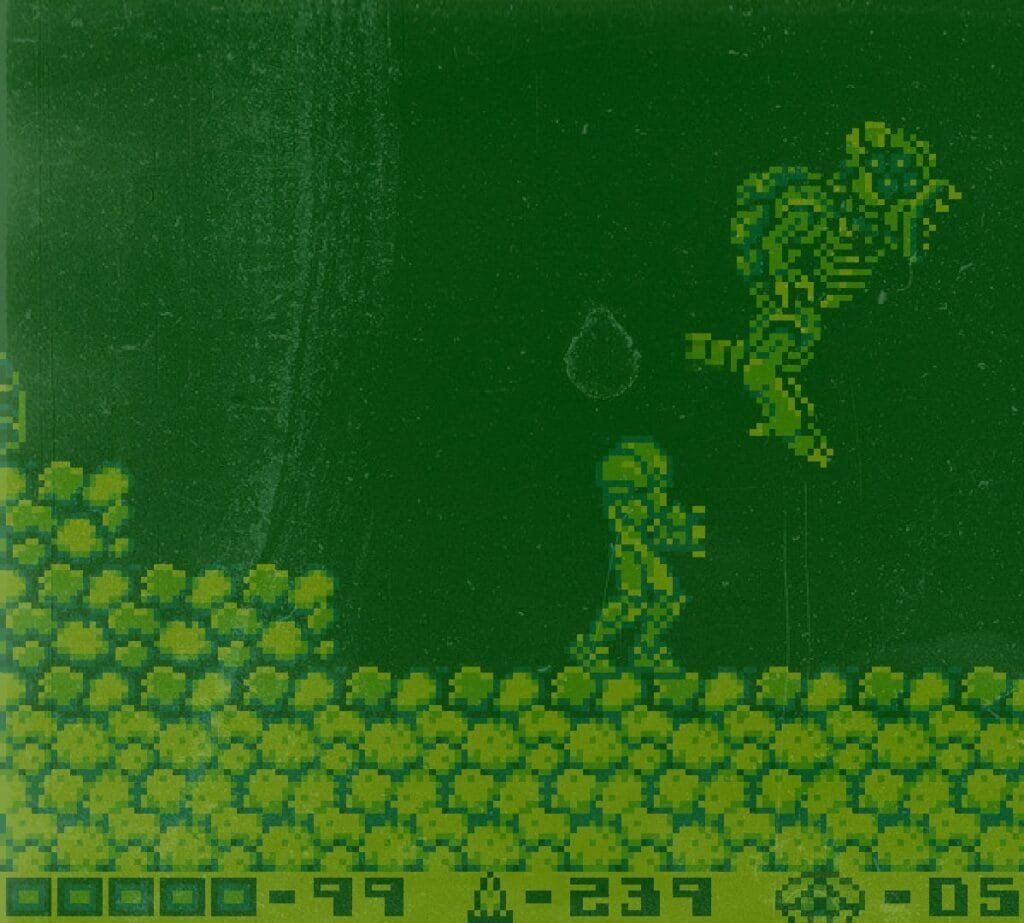
Now, some may take issue with my “oft-overlooked” label, but the existence of not just one, but two remakes proves to me that Metroid II was a game that many felt needed to be fixed—a black sheep in an otherwise stellar franchise. And the remakes, the fan project AM2R and Mercury Steam’s Metroid: Samus Returns, are mostly fine (and sometimes great) interpretations of Samus’ mission to exterminate the Metroid species on the planet SR388, but neither feels like an appropriate tonal stand-in for the original, as both attempt to “fix” perceived flaws that prove to be essential to Metroid II‘s horror atmosphere and tone.
But I’m not here to pick those games apart. They’re good games that are definitely more fun and approachable than the original. However, it was through the lens of looking back from those games that my appreciation for Metroid II‘s uniqueness in the franchise coalesced.
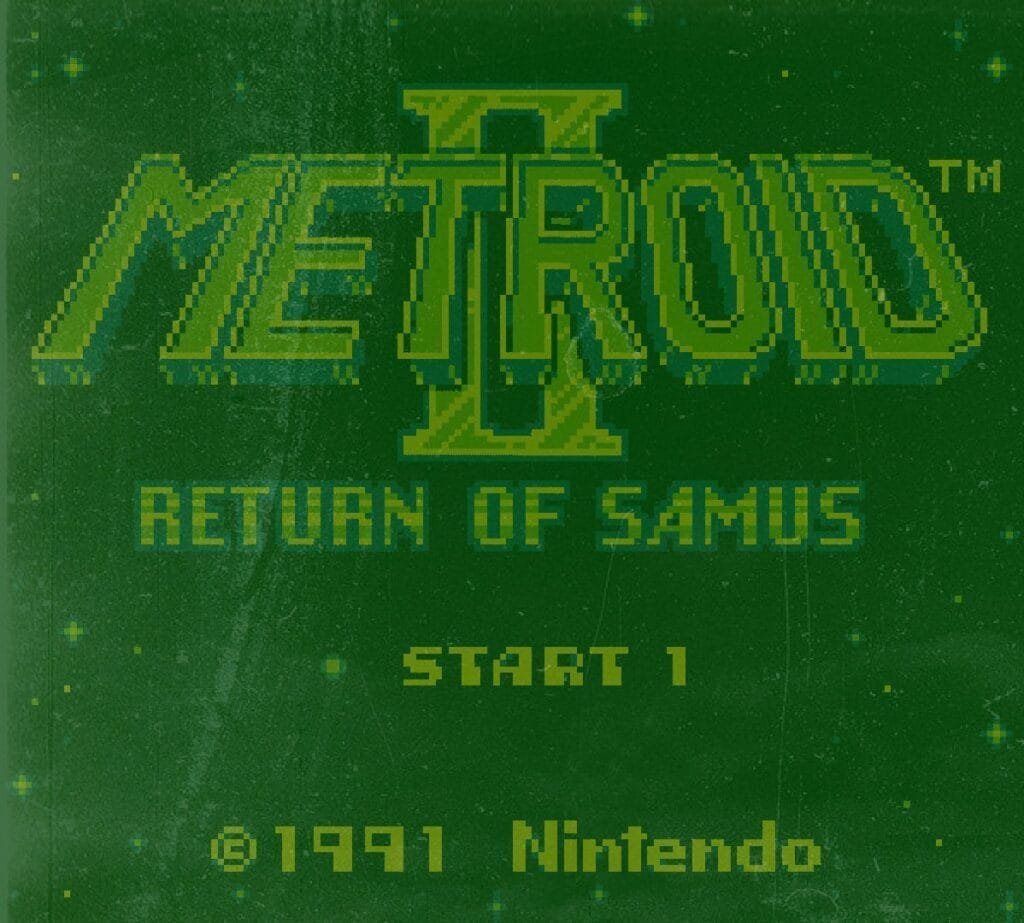
From the start, the premise of Metroid II: Return of Samus is a bit disturbing. Samus’ mission is to go to a non-space-faring species’ (metroids) home planet and render them extinct—all in the name of galactic peace. If there are no more metroids in the galaxy, the bad guys can no longer use them as weapons. Reasonable, right? But don’t worry, the questionable ethics of your quest are almost forgotten upon landing on SR388’s surface, where the action is propelled forward by an adventurous, and dare I say jaunty, tune, reaffirming that you are the hero and your mission is justified.
Running across the surface of the planet, we’re treated with an at-the-time unprecedentedly detailed sprite of Samus. It’s detail that comes at the cost of a zoomed in view, though, one that eventually gives way to a feeling of claustrophobia as you descend deeper under the surface of the planet. Samus can only see a short distance in front of her, and as the evolved stages of the metroids become more threatening, the sense of trepidation grows while you navigate the cramped caves. Larval husks littered throughout the corridors helpfully signal your prey is nearby, but the developers use this to play with expectations. A metroid might be mere feet away from it’s discarded earlier form, or it may have traveled a significant distance down the labyrinthian tunnels, making sure you never know exactly where you’ll stumble upon the threat next big threat.
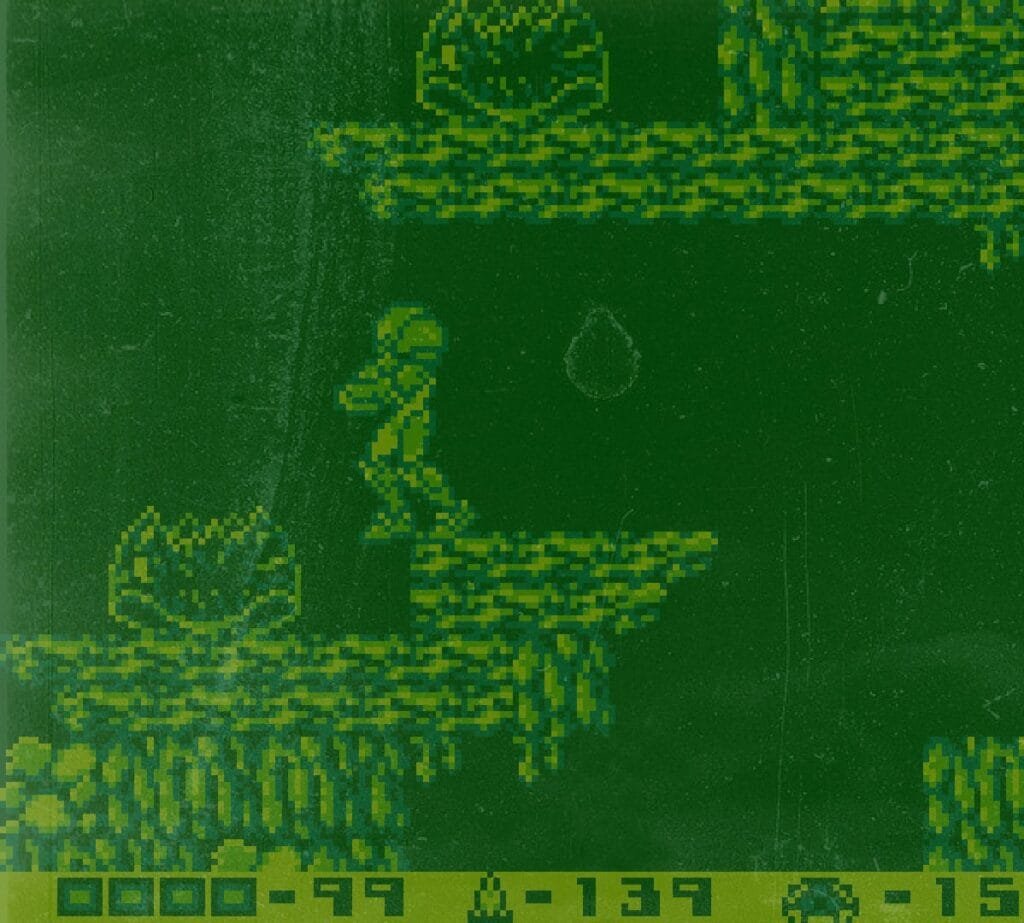
Metroid II, for the most part, doesn’t have traditional bosses. Instead, it’s the 39 metroids that you’re hunting—helpfully tracked in the lower right of the screen—that serve as the game’s tentpole encounters. They’re not all difficult fights, but the ones that are are more than enough to make you fear the next, and their relatively seamless integration into the world keeps your stress levels high as you explore. There are no obvious boss doors to signal an opportunity to steel yourself or go back and bolster your resources.
You may not notice it at first, but as you hunt, the jaunty tune that drives your forward often gives way to a sparser soundscape made of discordant notes. It’s not just a way for the game to build tension, it also pulls the player away from their heroic mindset for a moment to potentially think about their actions. A sense of isolation descends, which is further enhanced by the echoing footsteps Samus produces as she runs through an area, a sound that normally can’t be heard beneath the adventurous overworld theme.
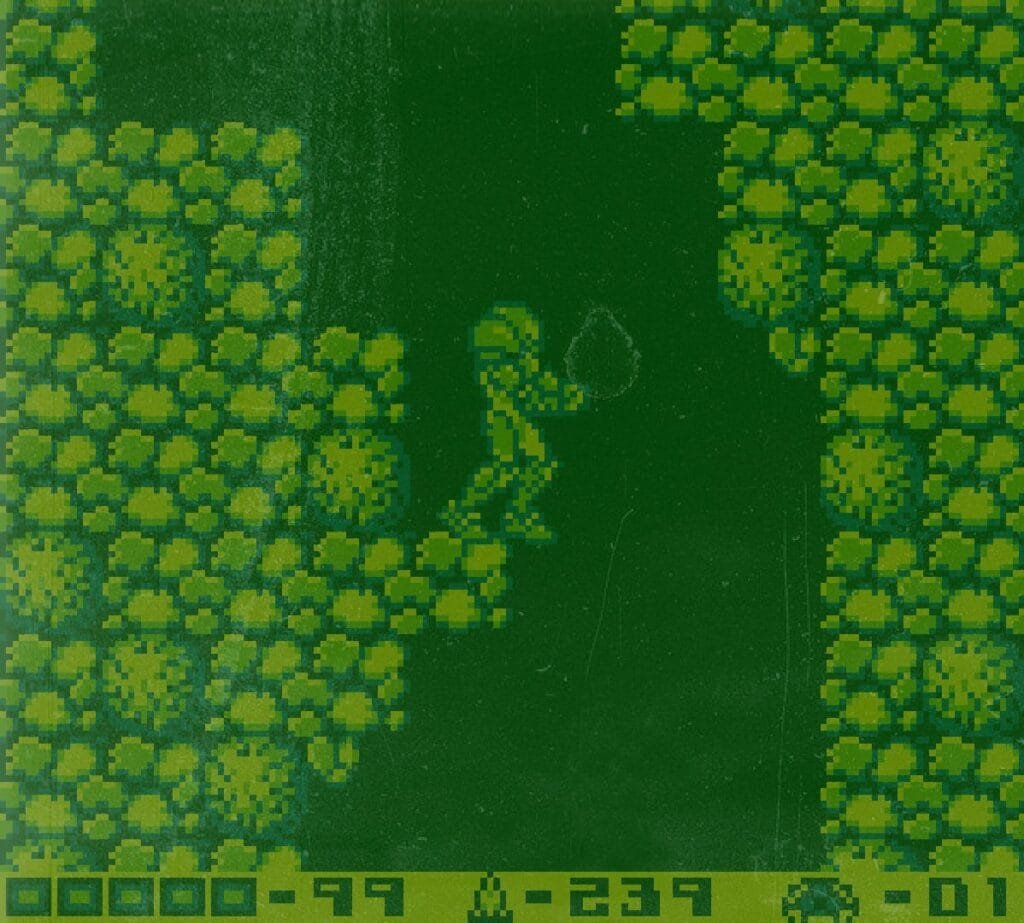
The atmosphere of Metroid II is stellar (perhaps only surpassed by Super Metroid, it’s direct sequel), my favorite touch being the game’s method for conveying how deep beneath the surface Samus has travelled. The fauna progressively becomes more subterranean and strange. At the lowest levels, basic enemies disappear entirely, signaling passage beyond an invisible threshold and forcing you to wonder what could possibly lurk in the depths. There’s only one metroid left, and it must be a big one. An apex predator. Then, suddenly, your trusty metroid counter in the lower right of your screen starts to scroll, registering new metroid threats in your proximity. A gauntlet of metroid larva stands between you and the queen. Let’s hope you have the ice beam…. It’s all a terrific moment that ramps up the tension, like watching the motion tracker in Aliens light up with an overwhelming number of xenomorphs.
The actual fight with the queen is probably the least interesting part of the game. A fairly typical boss fight. But what follows is bold, expertly executed, and further enhanced by the events of Super Metroid and Metroid Fusion.
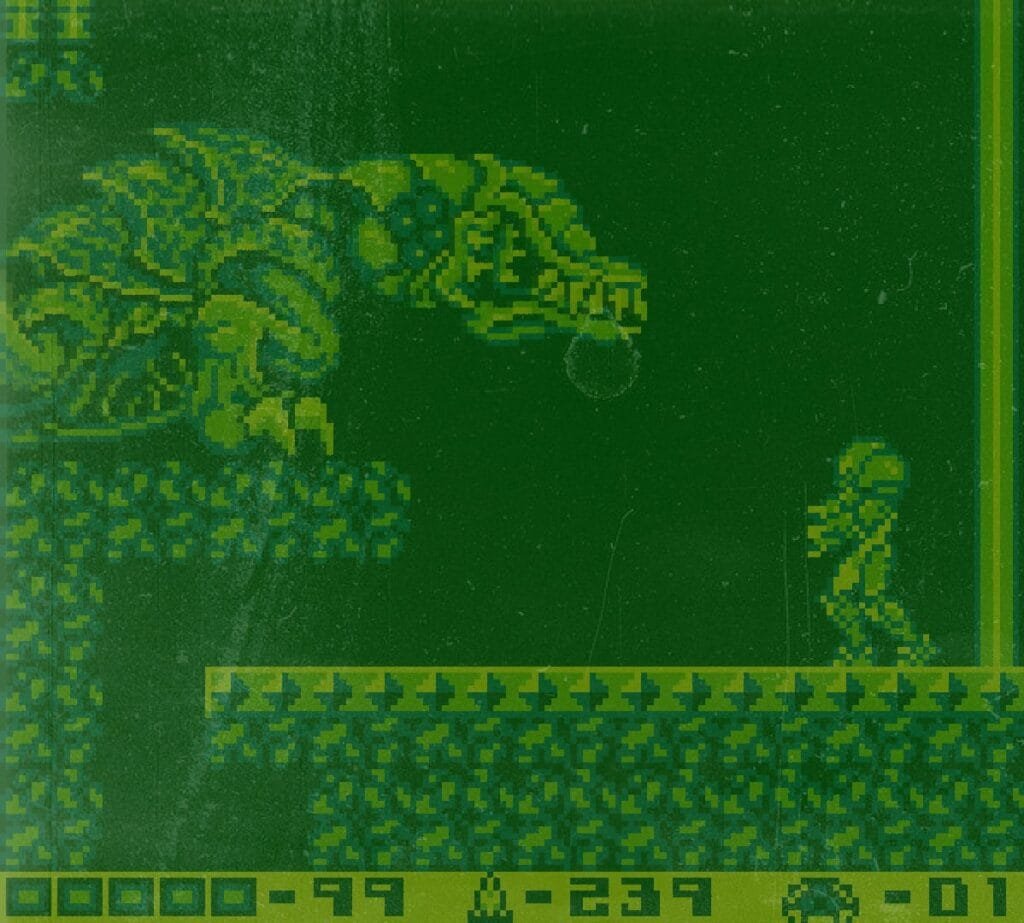
Samus comes across a single remaining metroid egg. It hatches, and Samus inadvertently imprints on the baby. With it clearly not being a threat, the baby metroid is spared by Samus, and you make your journey back to the surface with the baby helping clear impeding debris along the way. It’s a wonderfully understated sequence that gives you time to reflect on everything leading up to it. It’s a journey that starts out touching, but leaves room for the horror of your actions to invade your thoughts.
An entire species has been effectively irradicated and the only surviving member thinks that Samus, the person responsible, is its mother. Considering that along with the events of Super Metroid, where the baby sacrifices itself to save Samus in her fight against Mother Brain, and in Fusion, where the baby’s DNA is used in a vaccine to save Samus a second time, this makes for a very horrific and traumatic story. It’s also one that I feel would have a significant and lasting impact on the bounty hunter.
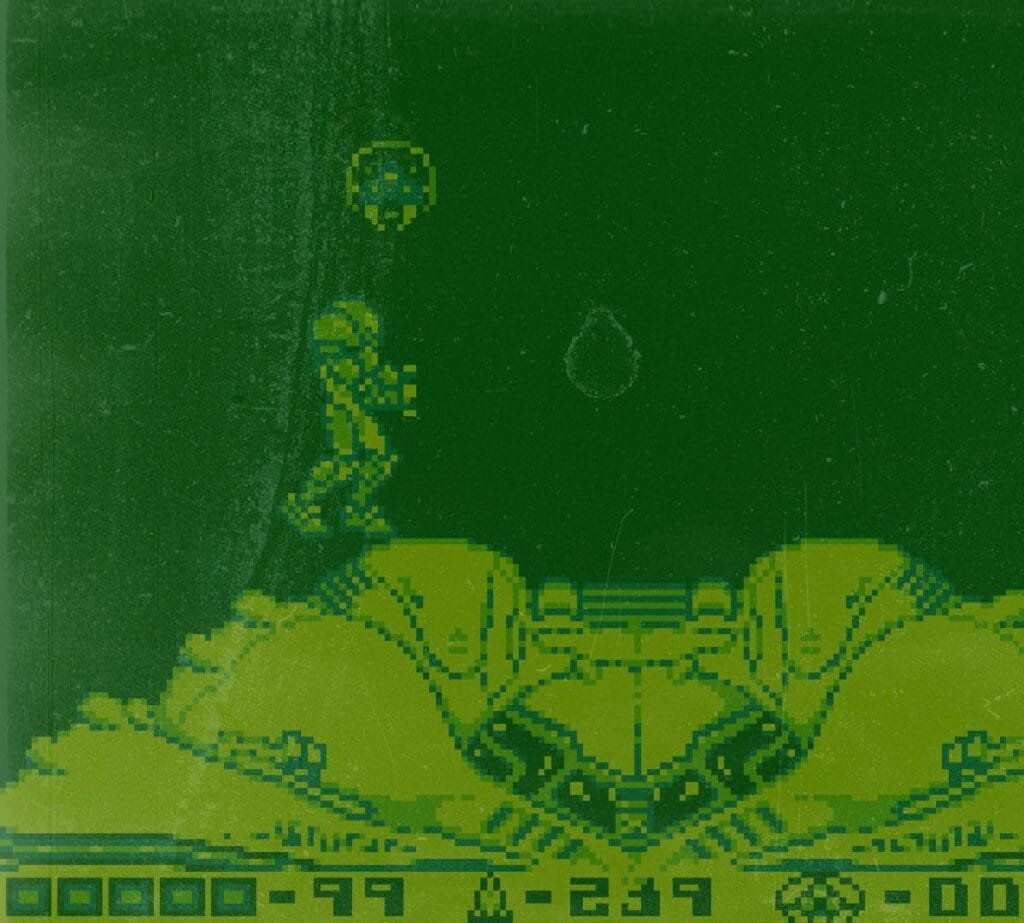
Metroid: Other M attempted to tackle the horror and trauma of Samus’ actions on SR388 and her relationship with the baby metroid, and even though I often defend the game, I fully admit that it missed the mark in that regard. Still, detractors often argue that Samus is too badass for her to feel, well, anything? I guess? And ultimately dismiss the very notion of the trauma she is wrestling with in Other M. Fans rang the victory bell when Metroid: Dread‘s Samus turned out to be more of a cold, detached, and vengeful killer, but it has never sat right with me. Horror needs both physical AND emotional vulnerability to truly work, and while Dread tries to dabble further in the horror space with its EMMI sequences, it falls short. It might as well be robots fighting robots.
So, I guess I’m saying, if you haven’t played through it, give Metroid II: Return of Samus a shot. If difficulty is a hurdle to your enjoyment, enable a few cheats; modern emulators really allow you to tailor that aspect of games to your liking. You may find an experience that reframes the entire series for you. If you want that.
Screenshots
Screenshots captured from Metroid II: Return of Samus on [Platform Name]
Metroid II: Return of Samus
Original Release: 1991
Developer(s): Nintendo R&D1
Publisher(s): Nintendo
Platforms(s): Game Boy
